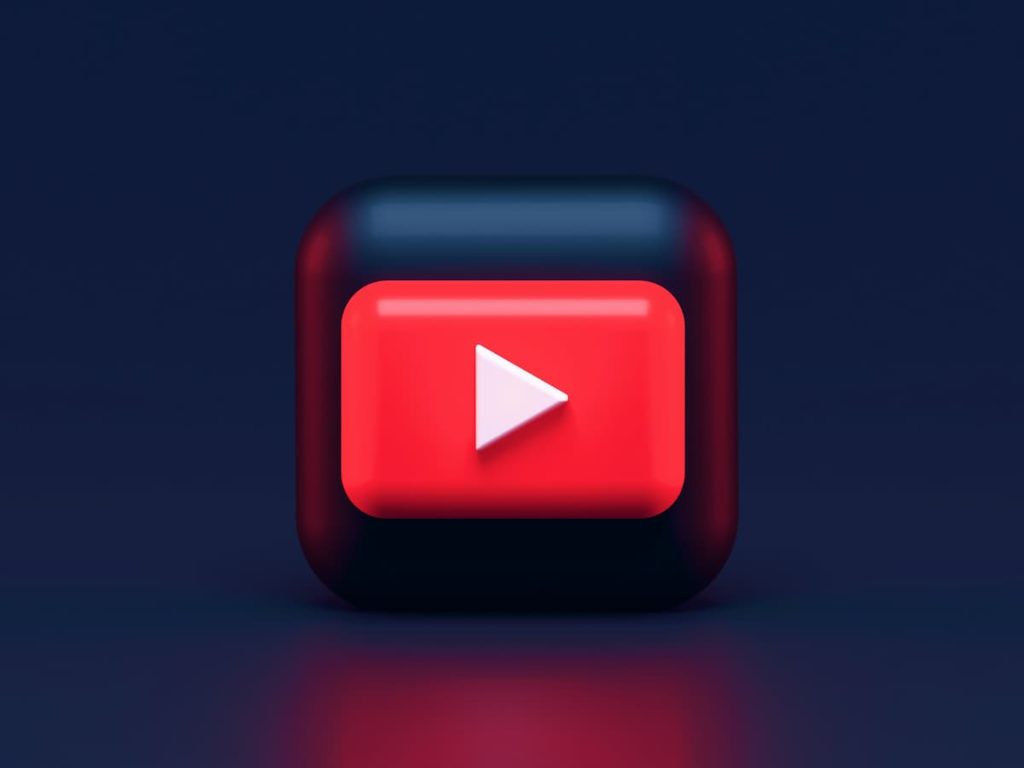The moving image has been an integral part of entertainment and advertising for well over a century now. However, in today’s social media-dominated society, opportunities for brands to form deeper and more frequent connections with their audiences have grown exponentially over the last decade. Through the seemingly absolute storytelling power of video content, brands have been able to build stronger emotional connections with their consumers than ever before.

The success potential of Video Content in Marketing:
If there is anyone out there still wondering if Video is worth it within the world of Marketing, research shows that if implemented correctly, the return on investment is considerable. In their 2020 report, Wyzowl found:
- 89% of video marketers said video gives them a good ROI.
- 83% of video marketers said video helps them with lead generation.
- 87% of video marketers said video has increased traffic to their website.
- 80% of video marketers say video has directly helped to increase sales.
- 95% of video marketers plan to increase or maintain video spend in 2020.
Considering that only a third of marketers achieved a successful ROI from video marketing in 2015, these figures also display substantial growth in the productivity and power of video in Marketing. Judging by this, it’s clear to see video marketing has taken over the marketing scene, and is likely here to stay.
The Power of Video in social media and marketing
Social media and its ability to directly connect the brand with its customers is notoriously vital in today’s marketing world. And the importance of video content within social media is rising rapidly, a prominence enhanced through the new live video aspects of todays platforms.
With all Social media platforms now inhabited by the option to create personal stories (visual updates or short-term posts in the form of videos or images), the gates have opened to the world of video. In conjunction with this, it is now even easier for anyone to produce, edit and post video content where people can see it. While this may make it harder to stand out, the benefits of video are unique in that they promote a strong sense of human authenticity and trust.

When we open our social pages we are greeted by a crowd of Vlogs, Live streams, video tutorials, video ads, and a lot of short films. This success of video is mainly due to its proficiency in using storytelling. Framing communication as a story assists in the development of an emotional connection between the brand and the viewer which has been seen to have dramatic results on consumer engagement and retention. By combining their messages with exciting and informative content, customers will be far more likely to give up their precious time and, who knows? Maybe even buy something.
The Future is Bright:
In today’s ever-changing world, it is arguable that a change in consumer base is a major factor in the current power of video in marketing. As a result, marketers are beginning to focus in on their choices of media consumption. Since the mass exodus of younger generations from Facebook and its endless stream of personal politics, more people are populating platforms where video stands out as key. These include such as Instagram, TikTok, YouTube and Snapchat. where video is a prominent form of content.
Generation Z now makes up 40% of today’s consumer market. As a generation which primarily consumes social media preferred to other traditional forms of media, the average Gen Z consumer also spends a considerable 3.4 hours a day watching videos online.

Video has become necessary tool for well-being
To say that video is the preferred medium of choice for younger generations would be an understatement. Video is not only more flexible than other forms of marketing content, offering the pleasing aesthetic capability of imagery and the information of written content, it has also become a necessary part of life for young people. In today’s increasingly competitive academic and social environments, video also acts as a convenient de-stressing tool. Of the young people interviewed by a Google study, 84% said they feel overwhelmed by school work and activities, professing that YouTube allows them to decompress.
The reach of video isn’t limited to young people
While it is true that it is the younger generations which dominate the current drive in video marketing, older generations also regularly engage with this form of content. The Manifest conducted a recent survey in the U.S. showing that EVERY generation checks YouTube at least once a week, including 52% of Baby Boomers. While YouTube is the only platform with this kind of reach, it goes without saying that video reaches everyone and its influence on marketing is on the rise.
Key benefits of Video in marketing:
- Providing collateral for social media marketing – Once produced, videos are powerful tools to be shared on all social media channels.
- Increasing user engagement – By pressing ‘play’, a viewer is already registering an interest in your product. They have the option of actively choosing content rather than just passively receiving content via emails, ads, etc.
- Portraying realistic customer experiences – Video content allows the brand to gain a virtual face to form a more personalised connection with customers.
- Generating engaged and qualified leads – One minute of relevant, engaging video content can be very powerful to the right audience, increasing the likelihood of them following a call to action.
- Enhancing Brand Identity – Improving viewers connection to the brand and through its unique way of storytelling and message presentation.
- Improving SEO results – Search engines will index properly tagged videos very well. Consequently, the more videos a brand produces, the higher their SEO rankings will become.
- Generating revenue – While some organisations choose to make their videos fee-based, those that open video content to everyone should expect a rise in revenues due to the benefits listed above.

In a world where customers are spoilt for choice when it comes to video content, brands have to be meticulously precise in their audience targeting. While it is important to consider tone and length of videos depending on the platform, the ultimate power of video is its storytelling ability, which develops an intimacy and sense of trust within the customer. This is a trait not shared with other forms of media. Combine this with its flexibility and compatibility with emerging populations and video becomes the most powerful form of content in marketing today.